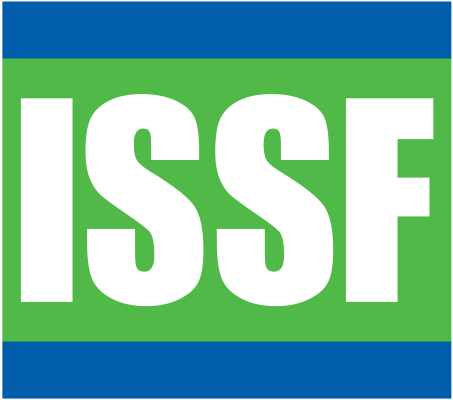Introduction
Chapter Objectives
- Review the commonly encountered bony fish species.
- Highlight the sharks, rays, and turtles that might interact with the purse seine gear.
- Provide species identification tips.
- Provide best practices for bycatch handling and release.
- Address fishing strategies that can reduce bycatch.
Bycatch Introduction
The non-tuna catch of purse seine sets is, by weight, very low compared to other fishing techniques, such as longlining, although different purse seine fishing strategies have different levels of bycatch. The majority of bycatch is generally other bony fishes, with a small fraction of bycatch being environmentally sensitive species of sharks and turtles. The non-tuna or incidental catch is also often termed bycatch or discards. Bycatch is anything that is not the actual target of the fishing operation. Some of these nontarget species are discarded or can be kept onboard for consumption by the crew, or retained to be landed and sold. Recording bycatch or discarded species is the most important role of the observer. There are other methods to determine the total catch, however, as bycatch is often discarded at sea, the only possible way to know how much and what has been caught is through the observer.
The priority of observers for recording bycatch should be as follows:
- Tuna discards
- Catch and discards of sharks and billfish
- Catch and discards of other species
Observer recording of bycatch species and amounts is important for a number of reasons, as the data are crucial to assessing the ecosystem impacts of tuna fishing on the larger marine environment.
Indeed, the impact of such catches on stocks has to be carefully evaluated. For example, the landing of frigate tuna may have no impact on that resource as the stock size is large and the species not fully commercially utilized. Alternatively, high catch and discards of small bigeye tuna could have a significant impact on stocks that are heavily exploited. An observer must be able to distinguish between these species to ensure that the fishery scientists receive the best data to produce the most accurate stock assessments.
In addition to identification, the best practices for the handling and release of sensitive species is reviewed here. Remember that handling of the catch and bycatch is the responsibility of the crew. However, observers can be a resource for the skipper and crew by providing information on national or international requirements for the handling of sharks and turtles.

